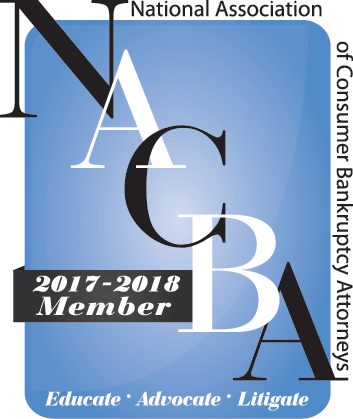Is there such a thing as having too much debt to file bankruptcy? Actually, there is when it comes to Chapter 13. Under the bankruptcy code, there is a maximum limit for secured debts and unsecured debts that can sometimes cause problems for planning a bankruptcy filing.
Living in California, where housing prices are very high compared to most parts of the country, this issue comes up more often than you would think. For 2016, the limits are $1,184,000 for secured debts (such as mortgages, car loans, etc.) and $394,725 for unsecured debts (such as credit cards, student loans, some taxes).
What happens if you have too much debt for a Chapter 13? Sometimes, you can attempt a Chapter 11 filing, depending on what you are trying to reorganize and the nature of your debts. In other cases, there are strategies that can be used to file a Chapter 13 after dealing with some of the debts or filing a separate bankruptcy from your spouse. There also may be options for how your debt is categorized that may help you qualify for Chapter 13 relief.
Chapter 7 does not have debt limits. However, a Chapter 7 is also used for very different reasons than a Chapter 13 and you may end up having to liquidate assets in a Chapter 7 (like selling real property or other assets) if the trustee determines that there are non-exempt assets that would benefit your creditors.
It is very important that you talk to an attorney before deciding if you should file bankruptcy and if so, what chapter you file under. Understanding all of the options and whether you qualify will help you make the best decision for your situation.
This is just a basic overview and is not legal advice specific to your situation. If you are considering bankruptcy or are feeling overwhelmed by debt, you should speak with an attorney in your area for legal advice. If you live in California and would like to speak with me regarding your situation, please email me at jen@jenleelaw.com or call 925-586-6738.

